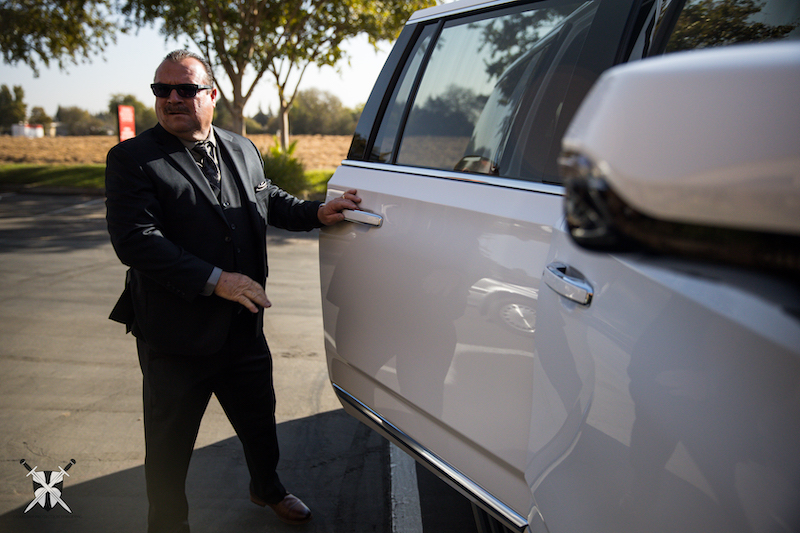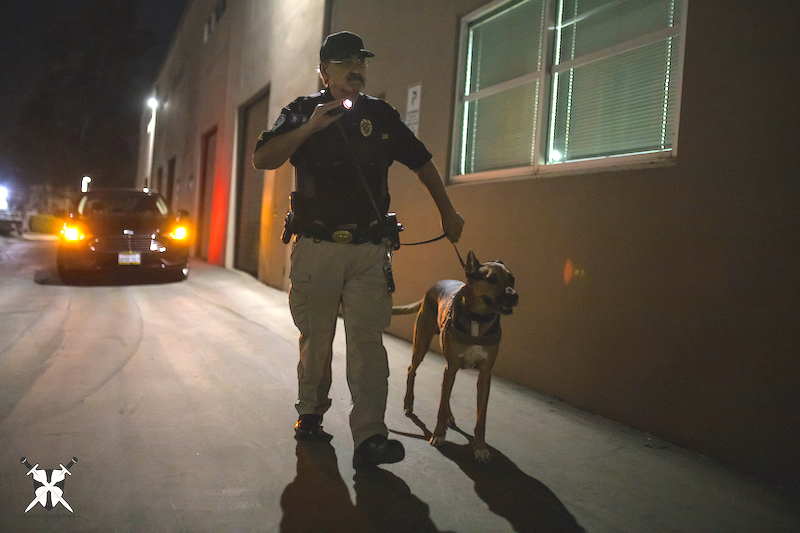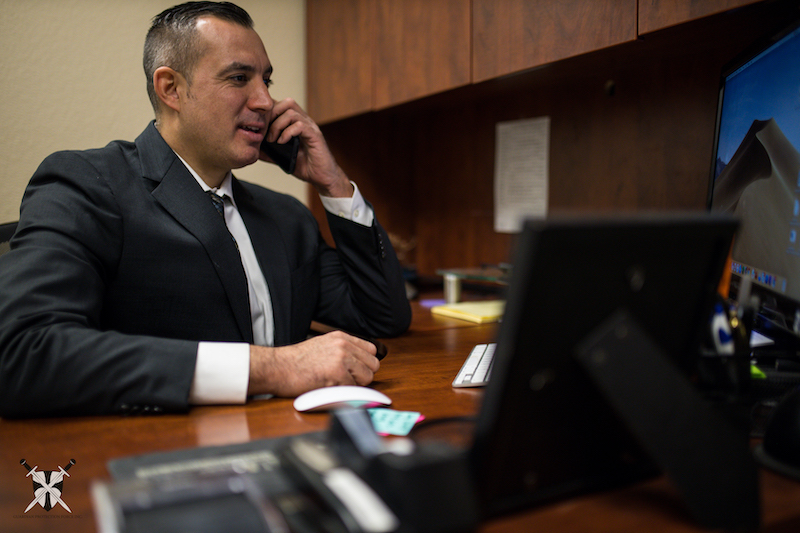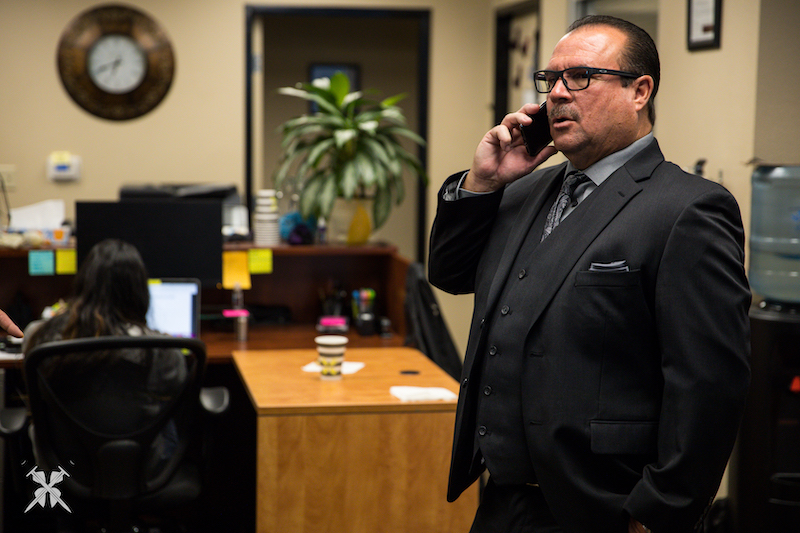Technological Security & Physical Security: Together is Safer - Guest Writer
Technological Security & Physical Security: Together is Safer
There are many sectors within the private security industry. I.T. security, physical security, and security systems such as alarms and cameras are among the common elements regarding private security today. A great deal of motivation, research, and development, as well as industry chatter, has been taking place regarding all of the various forms of security technologies.
Badging systems, gunshot detection equipment, smart cameras, and drones are among some of the technologies which have gained popularity in recent years. Recently an article on gunshot detection equipment was passed through a director's desk at GPF.
It was asked “What are your thoughts?” He replied. “Not a bad idea but will people employing these believe that this system will solve the problem regarding an active threat? Specifically do they believe it will mitigate an active shooter situation?”
Technological advancements are on a consistent movement and the availability to private markets is expanding. A large amount of buzz is occurring regarding security equipment and systems. Some of these technologies can be advantageous for organizations seeking to minimize risks. However, a particularly alarming situation is present in which security consultants are taking notice. We are becoming ever reliant upon technologies to mitigate risks and it often gives decision makers within organizations a false sense of security.
Our security experts at GPF view security technologies as a great augmentation to aid in risk mitigation; however they are not a replacement for manned security (uniformed officers, executive protection agents, etcetera) and should not be used as such.
For example, let's review the idea of the gunshot detection system. This type of system could be advantageous because a gunshot heard in one part of the building may dissipate or not sound like a firearm discharge after being muffled by buildings and walls. If security personnel could quickly identify a firearm discharge, respond and begin a lock down, or get people to safe areas the system will be a very useful tool. If the organization employing this detection system creates an expectation of security through it and down sizes or terminates the manned services they will be in great liability. If the system detects a forearm discharge but nobody responds to a shooter, locks the facilities down, or facilitates a safe evacuation then what good is the system.
This example is just one of many that we face on a daily basis. Our security experts at GPF believe that merging these technologies with the physical security providers can be beneficial; however we are far from unmanned security services being able to provide real time safety and security in todays world of crime and terrorism.
Written On Behalf of:
Garrett Thomas
Director of Intelligence
This posting contains views and opinions from a guest writer. This may not necessarily represent those of the company, Guardian Protection Force Inc.,




